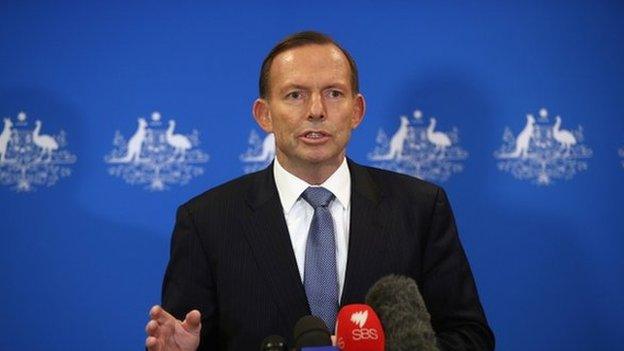'Burka ban' - not parliament's finest hour
- Published
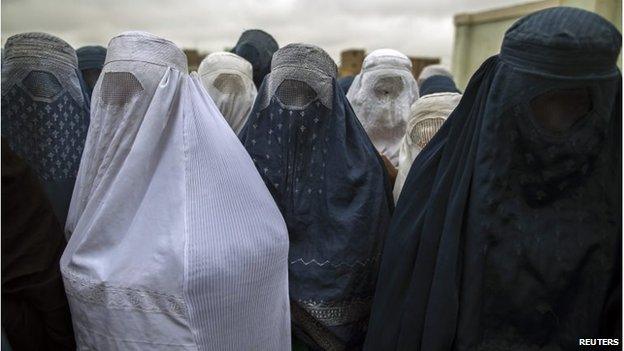
A common sight in Afghanistan, but not on the streets of Australia
After a year in Australia, I've never actually seen anyone wearing a burka, the traditional Afghan outfit which covers a woman head to toe, with a small meshed window for the eyes to peer out of.
So news earlier this month that parliament was introducing what the media branded a "burka ban" was something of a surprise.
Three weeks ago amid a host of new legislation to tackle Islamic extremism, the Parliamentary Speaker Bronwyn Bishop announced new rules regarding "facial coverings".
It came shortly after the , external in the country's history and amid mounting concerns about support for the group Islamic State (IS) within Australia.
Under the new rules anyone entering parliament with their face covered would no longer be able to sit in the open public gallery. Instead they would be segregated and put in an "enclosed area".
Although the wording of the rules meant that somebody dressed as Batman or Robin might find themselves in isolation, the restrictions were widely interpreted to be aimed at Muslim women.
In fact, the rules were most likely to affect women who wear the niqab, a veil that covers the face with a slit for the eyes. But "burka ban" suited alliteration-loving headline writers.
Some senators went further, external and said the government should ban the b-word (actually she meant niqab) altogether.
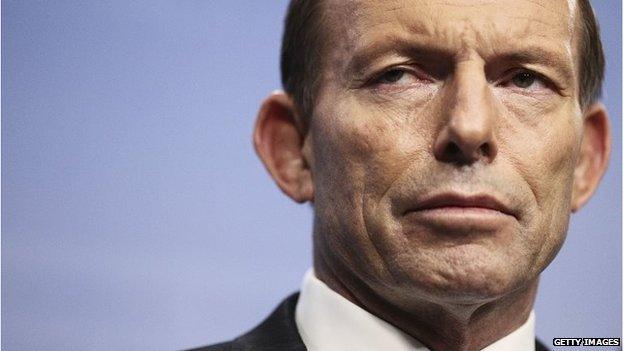
Tony Abbott had suggested that "common sense should prevail" in the situation
Many Muslims complained they were being persecuted, external and that the government was whipping up anti Islamic sentiment, external. They warned of a backlash.
There have been reports of Muslims being attacked, external in the street and of mosques being vandalised. One Egyptian friend of mine had his hand broken when he was assaulted in central Sydney by a man wielding a chair, saying he wanted to "kill all Muslims".
Australia's Human Rights Commissioner Tim Wilson said that the "need for separate treatment in the Federal Parliament for people who wear face covering is completely unjustified and unnecessary".
So on Monday, Bronwyn Bishop performed a swift U-turn, announcing the new rules would be scrapped.
Instead anyone with their face covered will have to briefly lift the covering as they pass through security at parliament house, something which is standard practice at airports.
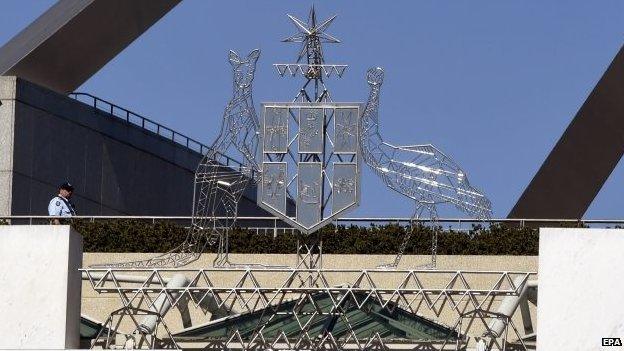
With security already high at parliament, critics had said the rule was unnecessary
Ms Bishop now says the new rules had been introduced because of security advice that Muslims were planning a protest within parliament. But she refused to go into details about where that security advice had come from. The protest never materialised.
The policy reversal apparently came after Prime Minister Tony Abbott suggested "common sense should prevail". It appears Mr Abbott was never consulted about the new rules in the first place.
The fact that everyone who enters Parliament House has to pass through a body scanner anyway might be one element of common sense he was referring to.
Not to mention Mr Abbott has said he's never actually seen anyone trying to enter parliament wearing a niqab, let alone a burka.
Without doubt it has not been the Australian parliament's finest hour. Parliamentary rules seem to have been made up without any real consultation.
And in the absence of me actually seeing anyone wearing a burka in Australia, here is a wonderful gallery of photos from Fabian Muir - Blue Burka in a Sunburnt Country. , external
- Published20 October 2014
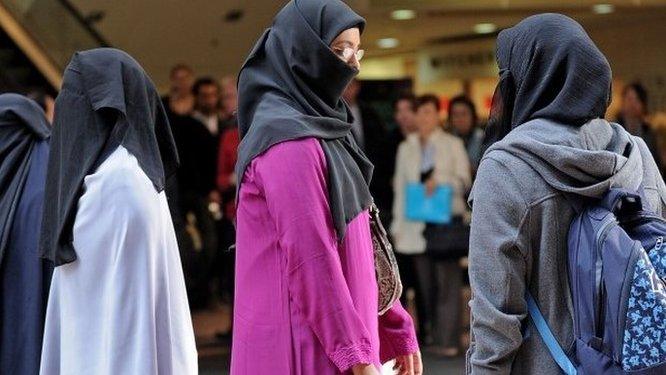
- Published3 October 2014

- Published6 August 2014
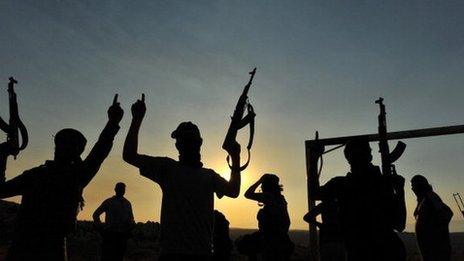
- Published11 August 2014
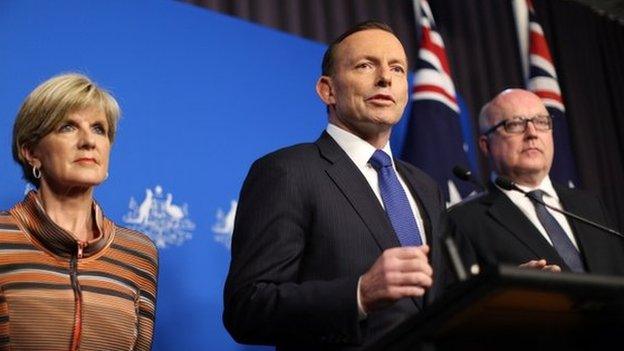
- Published27 August 2014
